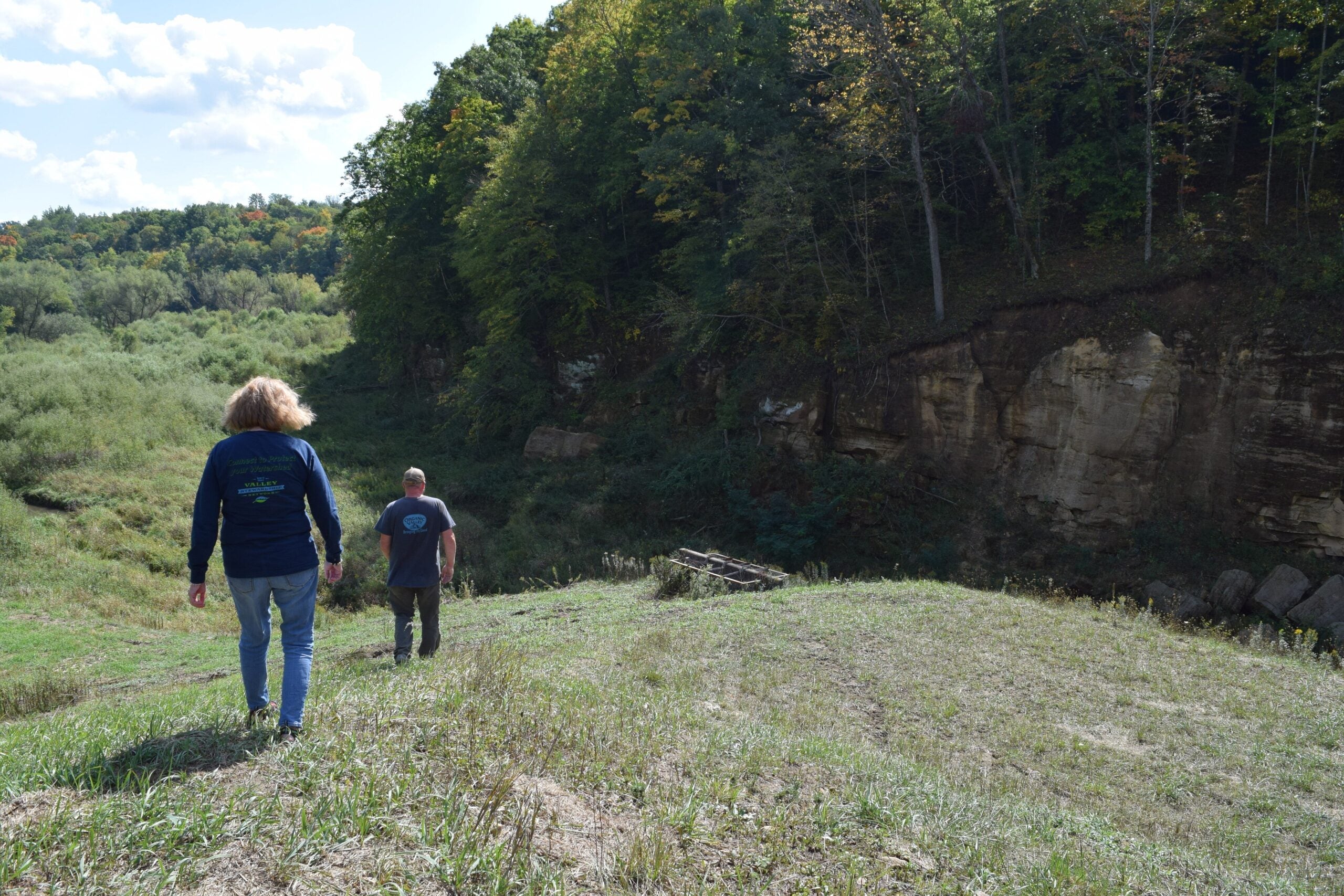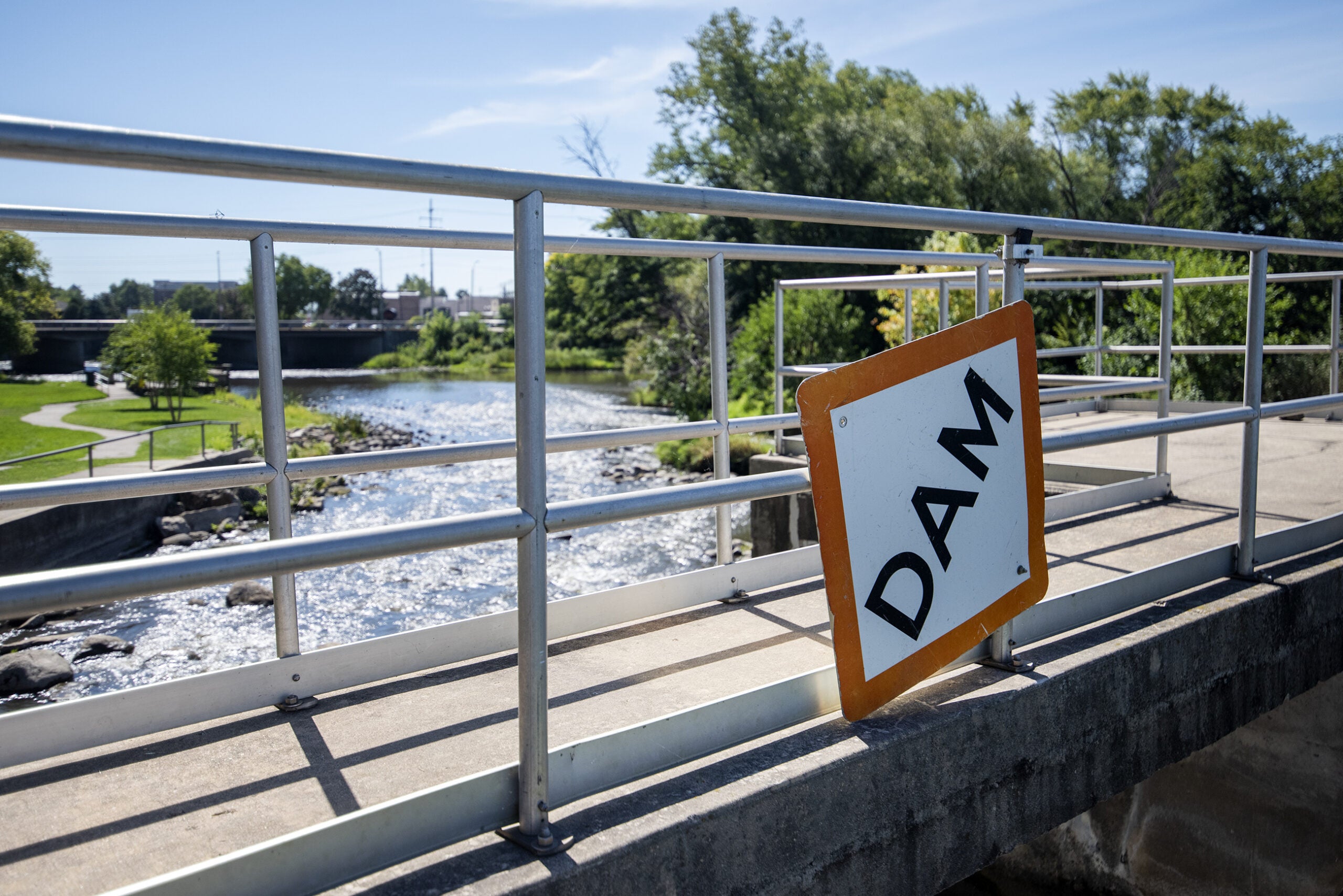A state of emergency was declared for three northwestern Wisconsin counties after a tornado touched down earlier this week. We find out what’s next for the victims of the storm, and discuss other stories from the week, during our state news roundup. In the last decade, the Wisconsin DNR has increased its efforts to replace aging dams, but the cost of such a project can be daunting for smaller towns. We hear how the state is working with dam owners to keep residents safe. We also look at new information on the top names for babies, and ask you for your favorites. Plus, how algorithms can help us live smarter and happier.
Featured in this Show
-
State News Roundup For May 19, 2017
Governor Walker declared a state of emergency for three northwestern Wisconsin counties this week following a deadly tornado and damaging storms. A state news editor joins us to talk about this and other top stories from the past week.
-
Using Algorithms To Think Smarter And Live Happier
Algorithmic thinking may seem like something math whizzes do, but a data scientist says we actually all use complex math every day. If we didn’t, we wouldn’t be able to pair our socks in the laundry, figure out which restaurant to prioritize for dinner, or keep up with our email load. He shares how to use algorithms to our best advantage. -
DNR Pushing For More Dam Replacements
Since severe thunderstorms caused Lake Delton to wash out in 2008, the Department of Natural Resources has more closely monitored the state’s many dams and required some municipalities to replace them. However, the cost of such a project can be a lot for smaller towns to bear. An investigative reporter is with us to discuss how regulators are working with dam owners to ensure those living near waterways remain safe.
-
With Lake Delton As Warning, DNR Pushes For Dam Replacements
When big storms washed out Lake Delton in 2008, the Wisconsin Department of Natural Resources took a more aggressive stance to repair and replace the state’s existing dams.
One of those dams was in the small village of Odgensburg. Cracks were discovered in the foundation and the DNR pushed for a replacement.
But for many communities with a tiny tax base like Ogdensburg, footing the bill to repair or replace their own high-hazard dams can be a tall task.
Enter the 2008 revival of a state-funded grant program to front some of those costs. Applications for the most recent grant cycle opened August 2015 and ended in January of last year, providing matching funds of up to $400,000 towards dam maintenance, repair, modification or abandonment and removal. Since 2008, the program has been allocated $4 million per budget.
“Those are pretty big budget projects, and typically something the local municipalities can’t afford without some kind of state help,” said Eric Litke, an investigative reporter for USA Today Network-Wisconsin. “So this really opened the door to allow that to happen.”
The grant made many projects doable. But the dam program still garnered some degree of controversy.
For example, some communities believe the recommended dam fixes are overkill, Litke said. High-hazard dams are built to withstand 1,000-year storms, which have a 0.1 percent chance of actually happening in a given year.
“A dam that can withstand a 1,000-year storm is going to be pretty large for a given site,” Litke said. “So there’s always going to be some back and forth and some discontent over the size and the price tag associated with that.”
Some communities get creative to avoid paying for a high-hazard dam. Vernon County was quoted a $20 million price tag to rebuild one of their own.
“So the county instead looked at what it that was causing that high-hazard status,” Litke said.
Ten houses or so sat in the drainage area below the dam. Those homes were right in the affected area, making the dam high-hazard.
“They used some federal grant funds and other money to purchase and relocate those houses,” Litke said. “With those gone it was no longer high hazard, it was low-hazard. That allowed them to do a very different type of rebuild on it and repairs on it that came in at about $4 million instead of $20 million.”
There are also often disputes over who owns a given dam. People aren’t quick to admit it, and the DNR often has trouble identifying dam owners to organize emergency action plans.
“There’s one high-hazard dam for example that they’ve been trying to get an action on for years,” Litke said. “But no one is willing to step forward and say, ‘This is our dam.’”
When dams work correctly, they can have a big impact. Just last year, Ogdensburg’s new dam was completed and its lake was refilled after draining during construction. The population has been growing ever since.
“It’s been a big thing for them to be able to come back now and get the lake up to the level last year,” Litke said. “Those lakefront homes immediately sold.”
Episode Credits
- Kate Archer Kent Host
- Veronica Rueckert Host
- Amanda Magnus Producer
- Marika Suval Producer
- Dean Knetter Producer
- Rob Mentzer Guest
- Ali Almossawi Guest
- Eric Litke Guest
Wisconsin Public Radio, © Copyright 2025, Board of Regents of the University of Wisconsin System and Wisconsin Educational Communications Board.



